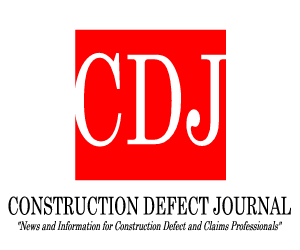This is the seventh post in our “Top 10 Construction Contract Provisions” series. Prior posts discussed Price and Payment, Liquidated Damages, Consequential Damages – Part I and Part II, Indemnity, Scope of Work, and Flow-Down Provisions.
Today’s topic, Changes and Claims, is a contender for the top spot on our list, for both day-to-day impact on the job and importance in disputes. In fact, these provisions[i] are so variable and are involved in so many reported construction law decisions, that this post will not attempt to survey all their various forms, uses, or potential legal ramifications, but instead focuses on bottom line “best practices”—questions to consider as a general contractor, subcontractor, or owner when drafting, negotiating, or managing the Changes and Claims provisions of a contract. There is no “ideal” here, and the changes and claims procedures should be suited to the project, owner, contractor(s), likely issues, and other project-specific considerations. Key considerations include the following:
1. How prescriptive is the Change Order process? At one end of the spectrum, a Change Order provision may include requirements for written direction and request by the owner and formal response by the contractor, with pricing and specific supporting data or documentation, in addition to strict timelines for response, execution, and performance, precise methods to determine the resulting contract adjustment, limits on the type or extent of adjustment, or terms defining the effect of a signed Change Order, e.g. to what extent related claims or impacts might be extinguished. At the other end of the spectrum, the Change Order provision might simply recognize that the owner may direct changes, and the parties intend to document the directions and resulting compensation in a Change Order, with no further elaboration. There is no universal ideal on this spectrum. A highly defined and prescriptive process may be appropriate for a complex, high value, multi-stakeholder project on which significant changes are likely. The same process would be an inefficient waste of resources on a small and simple project where significant changes are unlikely and the parties would be unlikely to comply with more formal procedures.
Mr. Lynch may be contacted at jlynch@ac-lawyers.com




